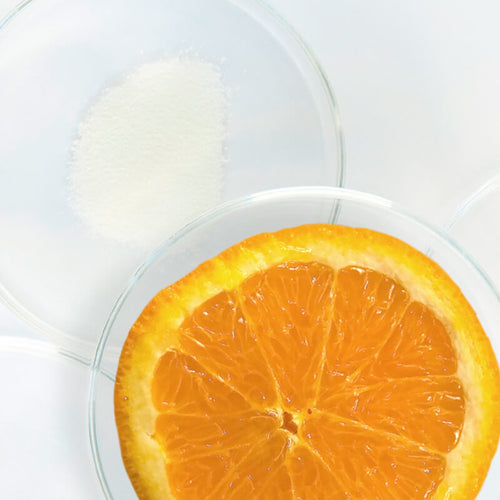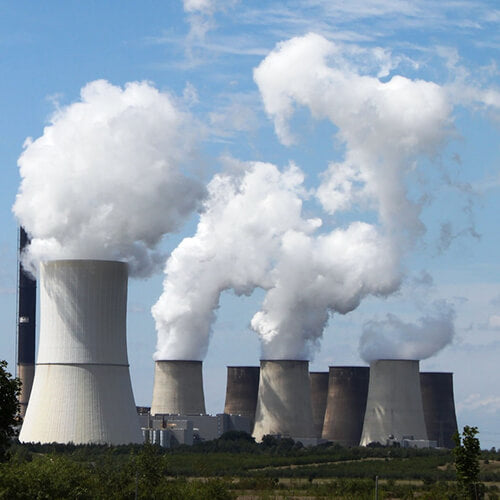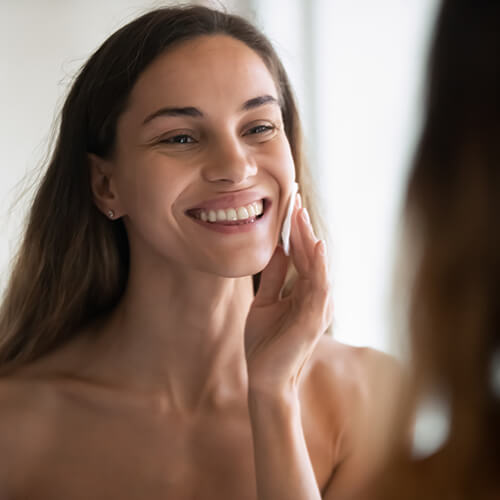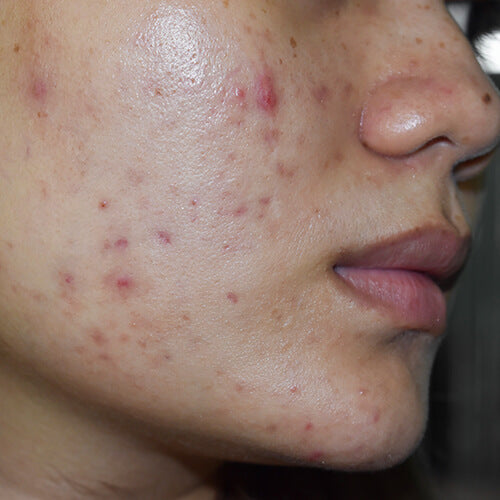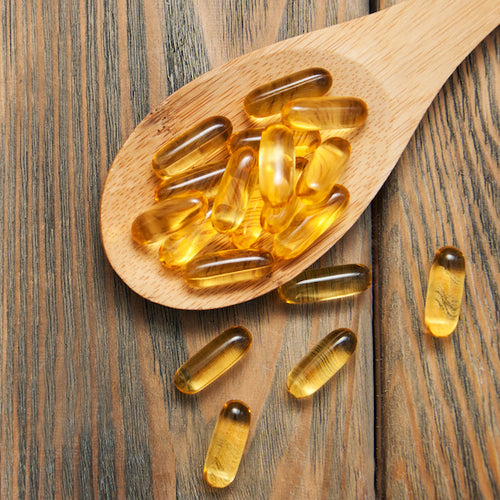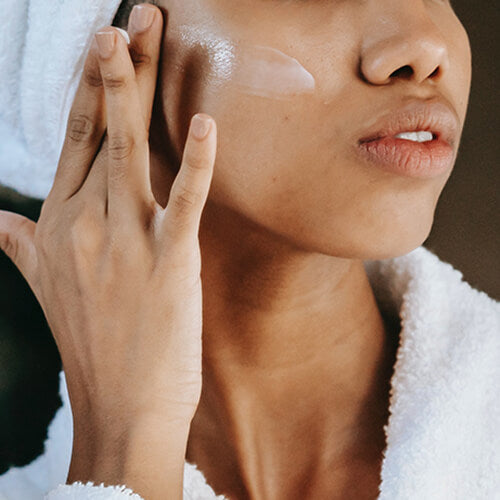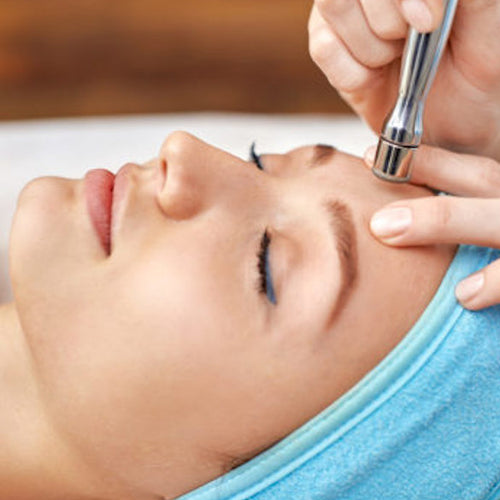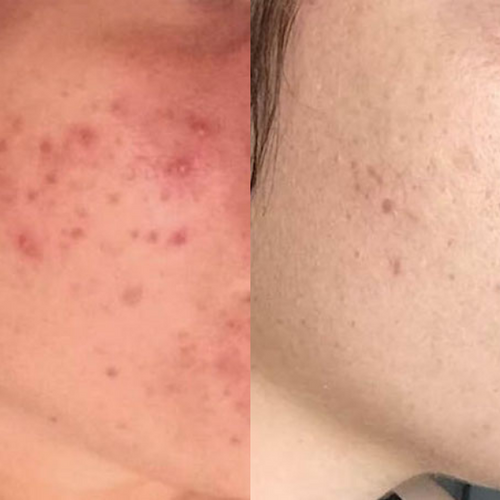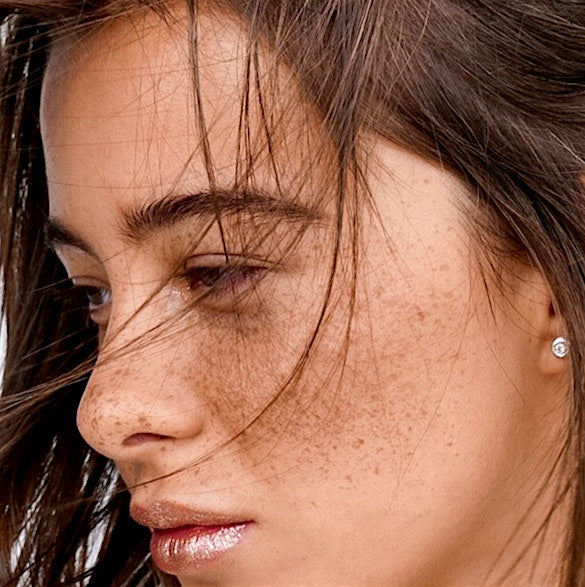
Are Freckles Sun Damage?
What exactly are these "sun kisses" — and are they dangerous? We put the rumors to rest.
Published:
3 minute read
There’s no denying it — freckles are in! Those who weren’t gifted the freckle gene at birth have even started tattooing or drawing them on. But for all the admiration and attention these spots can bring, exactly why some people have them and some don’t is a mystery for many of us.
So what exactly causes freckles: is it genetics? Or are freckles really sun damage? We asked Dr. Sandra Lee (aka Dr. Pimple Popper) for answers.
Article Quick Links
What are freckles?
Technically called ephelides, freckles are the result of sunlight and genetics. Remember that when ultraviolet light penetrates the skin, it sets off chemical reactions that are somewhat alleviated by antioxidants present in the skin. But those safeguards can be overwhelmed — especially in those with lighter Fitzpatrick skin types I and II. This is where melanin comes in: specialized skin cells (aka melanocytes) produce this pigment, releasing quantities within granules called melanosomes.
And now for that genetic component: people who have a tendency to develop freckles have dense clusters of melanocytes, rather than a more evenly distributed pattern. Research has linked this to a mutation in the melanocortin-1-receptor gene (MC1R), which also coincides with red hair — more on that later.
So when those melanocytes get triggered by ultraviolet radiation to produce melanin, it pops up more heavily in distinct patterns of ephelides. This is why freckles tend to form on areas of the skin that are exposed to sunlight — like the face, arms, shoulders and hands.
Are freckles sun damage?
The answer here isn’t totally straightforward: it depends on how you define what UV damage is. Most experts agree that any sun-induced skin changes — including increased melanin production (aka hyperpigmentation) — qualifies as sun damage. In that sense, the answer is yes: freckles are indeed a sign of UV damage.
But whether or not freckles are dangerous is a slightly different story. Dermatologists agree that true freckles that pop up when we’re young aren’t inherently harmful. Instead, they’re a strong indication that you need to take extra precautions when spending time outdoors.
Freckles vs. sun spots
So how do you tell the difference between freckles (ephelides) and sun spots or liver spots (solar lentigines)? Three main factors differentiate these dark marks:
- Timing: freckles tend to appear during youth, while sunspots occur later in adulthood.
- Duration: freckles often fade & darken with seasonal changes, while liver spots stick around.
- Size: typically, ephelides are smaller (0.5 cm or less) than solar lentigines (0.5–2.0 cm).
Can freckles turn into skin cancer?
Anytime we have dark spots on the skin — freckles, moles, sunspots and the like — we need to monitor for precancerous or cancerous changes in size and shape. Yearly visits to your dermatologist for full-body skin checks are recommended to catch dangerous developments as early as possible. Some things to watch out for:
- Density changes: when freckles/patches of freckles seem to be growing larger
- Color changes: when freckles get darker or turn red (this could be a harmless cherry angioma)
- Texture changes: when freckles/patches of freckles become raised or rough
According to Dr. Lee, those with a propensity to freckle need to exercise extra caution. The reason stems from that MC1R genetic mutation we mentioned earlier: turns out, this variation that results in a tendency to freckle is also associated with higher risk of both melanoma and non-melanoma skin cancer.
Even with this predisposition, it’s just not practical (or advisable!) to avoid sunlight altogether. After all, our bodies need some UV exposure to produce vitamin D, which has immune-boosting and protective effects against many conditions, including breast cancer, colon cancer, and heart disease. The best strategy is to be sun smart.
Wearing sunscreen everyday (like SLMD Dual Defender SPF 30) and avoiding excessive sun exposure are the two best ways to avoid skin cancer (not to mention premature aging). You’re still likely to get the ultraviolet dose you need, but talk to your dermatologist if you’re concerned about striking the right balance for you.

Dr. Lee’s last word
It’s important for everyone — no matter your skin tone — to protect yourself against UV radiation, because it not only causes premature aging, but skin cancer. People with paler skin, especially those who tend to freckle rather than tan, are at increased risk. While freckles aren’t harmful, it’s a good idea to get examined regularly by your dermatologist to check for changes. And don’t forget to wear sunscreen everyday!
—Dr. Sandra Lee





